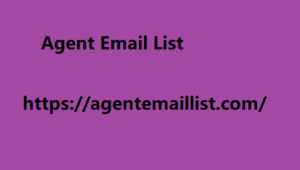|
|
Forms Forms to be filled out online are the tool par excellence and a key element of the . In fact, they allow you to obtain vital information for your company from the site visitor that you probably would not have been able to collect as easily in any other way. When the user fills out a form on your site, he is automatically entered into the system. His subsequent actions can be monitored and the contact can be profiled, segmented and accompanied along the Buyer's Journey path until his transformation into a customer first and then into a satisfied testimonial of your company. The form editor provides various fields depending on the type of information you intend to request. Once you have selected or customized the field, simply drag it into the form and drop it in the desired position. The fields can become smart objects, i.e. they can be automatically replaced with others or hidden if the user who is preparing to fill it in has alreadypreviously provided the requested information.
In addition to the creation tool, the form administration panel shows a series of data useful for evaluating performance, such as the pages on which each form is inserted, the relative number of views and the usage rate. HubSpot forms can also be integrated into external sites. Workflow Literally translated, this term means “workflow”. Indicates a chain of actions which, when certain conditions occur, are performed automatically and following precise timing and sequences. When your contacts Agent Email List perform an action on your site, HubSpot detects and stores the data and the ability to create workflows is connected to it. , calls-to-action, web pages, forms, blogs, social posts and every other component of your online presence managed by HubSpot are highly interconnected: this is why workflows can draw on information relating to user interaction and offer a widespread personalization, which translates into very relevant segmentation.

The workflow can be triggered by a contact being registered in a list, filling out a form, visiting a given page or completing an event; this also in conjunction with a specific time reference such as a date set by the calendar or a deadline. Inserting a contact that starts a workflow can also be done manually. The trigger conditions can also be more than one, alternatively or in combination with each other. The actions following the trigger can be of various types, for example sending a specific e-mail. Each action can be scheduled with a delay of days, hours or minutes compared to the previous one. A valuable benefit of HubSpot workflows is that you can track workflow performance against your marketing goals. Workflow performance is in fact represented graphically, giving you the possibility, for example, of having a detailed list of all the actions, in sequence, performed by each individual contact within the flow.
|
|